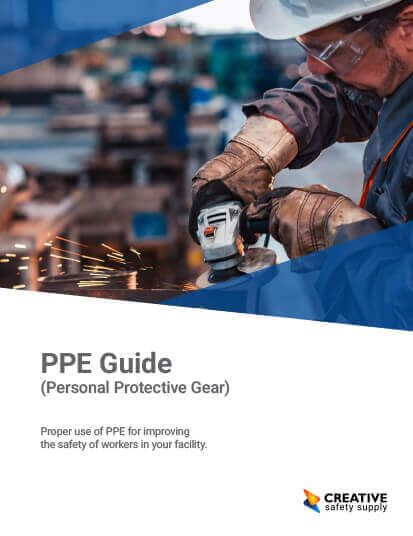Key Definitions
- 8-Hour Time-Weighted Average: Average noise exposure figured for an 8-hour period.
- Permissible Exposure Level (PEL): Maximum allowable 8-hour TWA noise exposure (OSHA's limit is 90 dBA).
- Noise Dose: Percent of PEL to which worker exposed. 90 dBA 8-hour TWA equals a dose of 100%. An 85 dBA 8-hour TWA equals 50%. The exchange rate is used to figure this out.
- Exchange Rate: Amount of dBA at which noise dose doubles. OSHA uses a 5 dBA exchange rate which means that a worker exposed to 95 dBA receives twice the dose of 90 dBA.
- Noise dosimeters: Devices used in sound surveys to calculate noise exposure.
